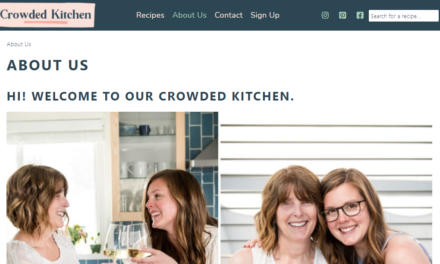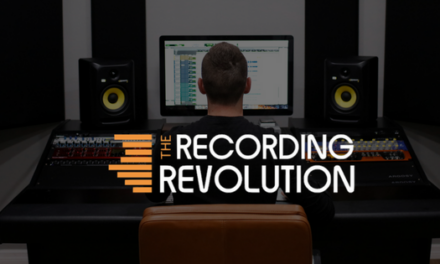Online video has undergone some upheavals, changes, and iterations since I began this column. But new on the online video horizon for this year is influencer marketing.
Yes, old-fashioned celebrity-endorsement-style influencer marketing. In fact, the platform gen.video published a study that found 82% of brands plan to invest more into video content for influencer marketing campaigns in 2017.
I contacted gen.video’s CMO, Jason Katz, to ask him about the importance of influencer marketing this year. Here’s what he had to say.
Q: Why is influencer marketing such a powerful promotional method?
A: Done right, influencer marketing and video content are proven to have impact throughout the funnel by driving greater awareness, retail traffic, sales conversion, and loyalty. We’ve seen average engagement and click-through rates from influencer videos on average at 4x to 5x and 10x digital media rates, respectively. Equally as important, we are seeing influencer video impact lifts in sales conversion by 20%–55% depending on category.
Q: When is bringing in an influencer to promote your brand appropriate?
A: Influencer marketing has proven success against a wide array of brand initiatives (new product launches, merchandising drive periods, brand loyalty, corporate charitable programs, and base support across a brand’s portfolio). The right question to ask is when and how they should be integrated into overall marketing plans.
With its growing role, brands need to take a more strategic and proactive approach to determine when and how they should engage influencers. What is critical is that brands and their agency partners give influencer marketing a seat at the table upfront in the planning process. This will ensure influencers are engaged for the right initiatives, the stories brands want to tell are seamless, content assets are optimized, and the right KPIs [key performance indicators] and budget are assigned.
Q: How can a brand find or match up with an influencer who supports the brand’s ideals and message?
A: With over 400 hours of video uploaded to YouTube every minute, navigating YouTube to find the right influencers is a daunting task. Several influencers should be carefully reviewed to refine the one(s) that are best for a brand’s initiative. Some of the key questions to consider [are as follows]:
- What vertical do they focus on? What types of content do they specialize in, and is it a fit for your brand?
- What is their audience size versus content costs?
- What are the average views/likes, engagement rates, click-throughs versus benchmarks?
We recommend working with companies that have large, trusted influencer networks (and a process for legal, compliance, and ownership of content, as well as pre-negotiated rates) and a turnkey technology platform to optimize and distribute assets.
Q: What is the best way to ask an influencer to do a brand deal with you? What might a fair deal look like?
A: Have a well-thought-out brief upfront for your influencer initiative—what are the most compelling selling points? Target audience? How much content and [how many] types of assets you want? Is it a social media campaign only or does it include ecommerce? Do you have product to send to the influencers? Who owns the content?
If you will be negotiating directly with influencers, do your homework on content costs from a variety of influencers and what is included. Content development is always a fine line between being too prescriptive to influencers versus giving the influencer too much free rein. Focus on the selling points that are most important to get across, and give the influencer creative license to bring them to life.
Again, working with a network and platform that has pre-negotiated content rates [and] good knowledge of which influencer will provide the best fit and value for your brands can save on time and budget—and, ultimately, deliver on more impactful content.






